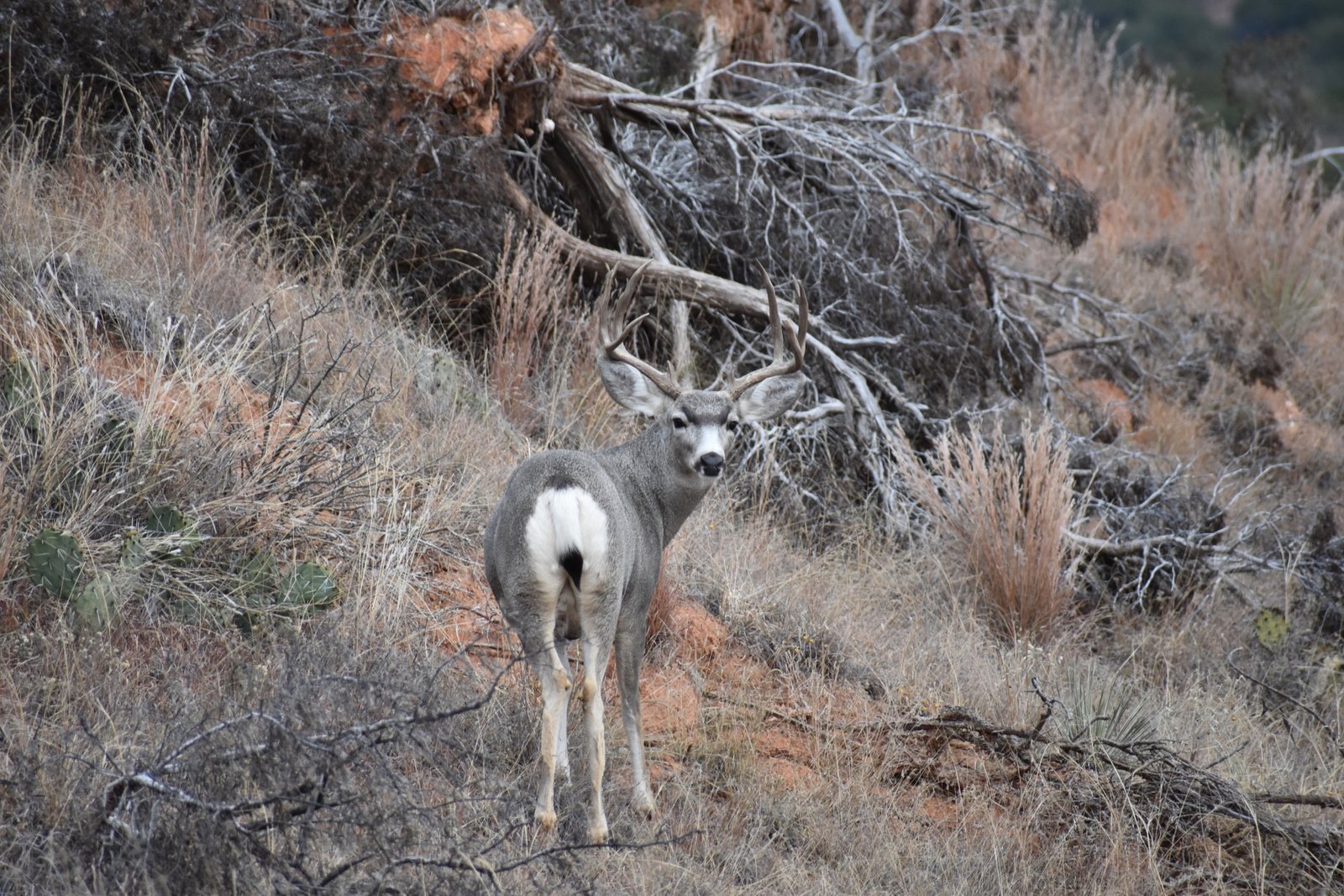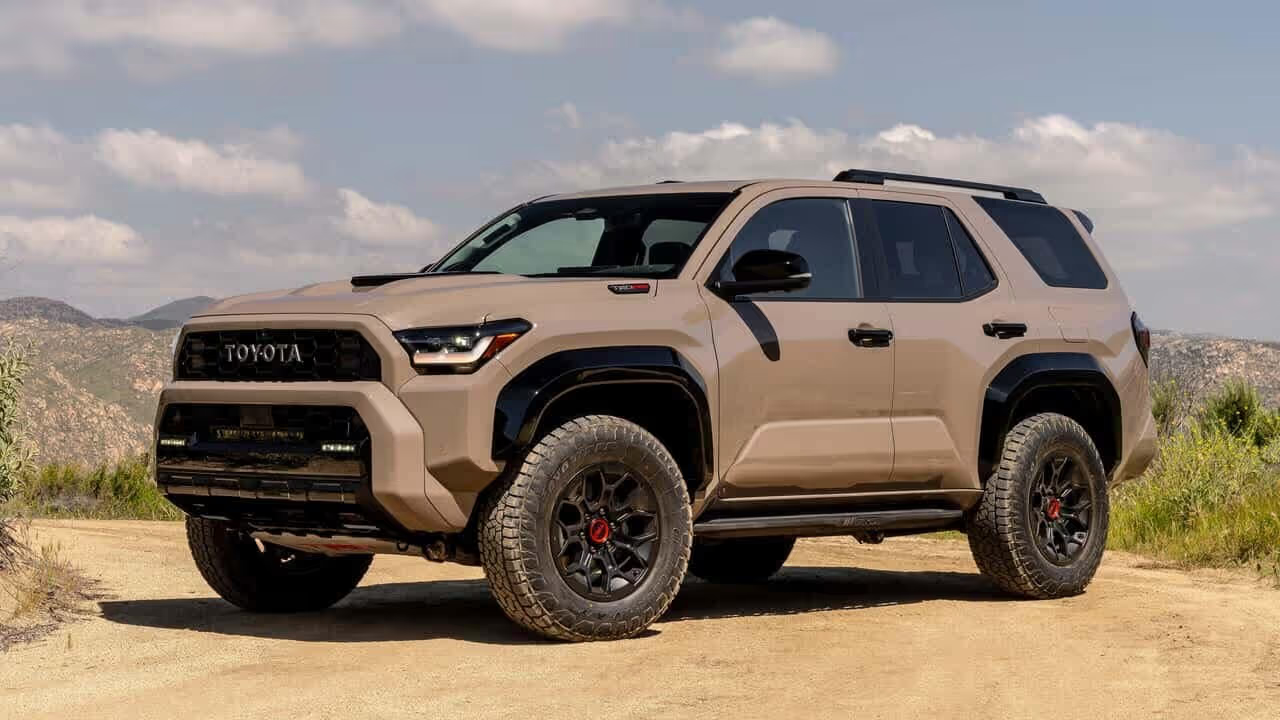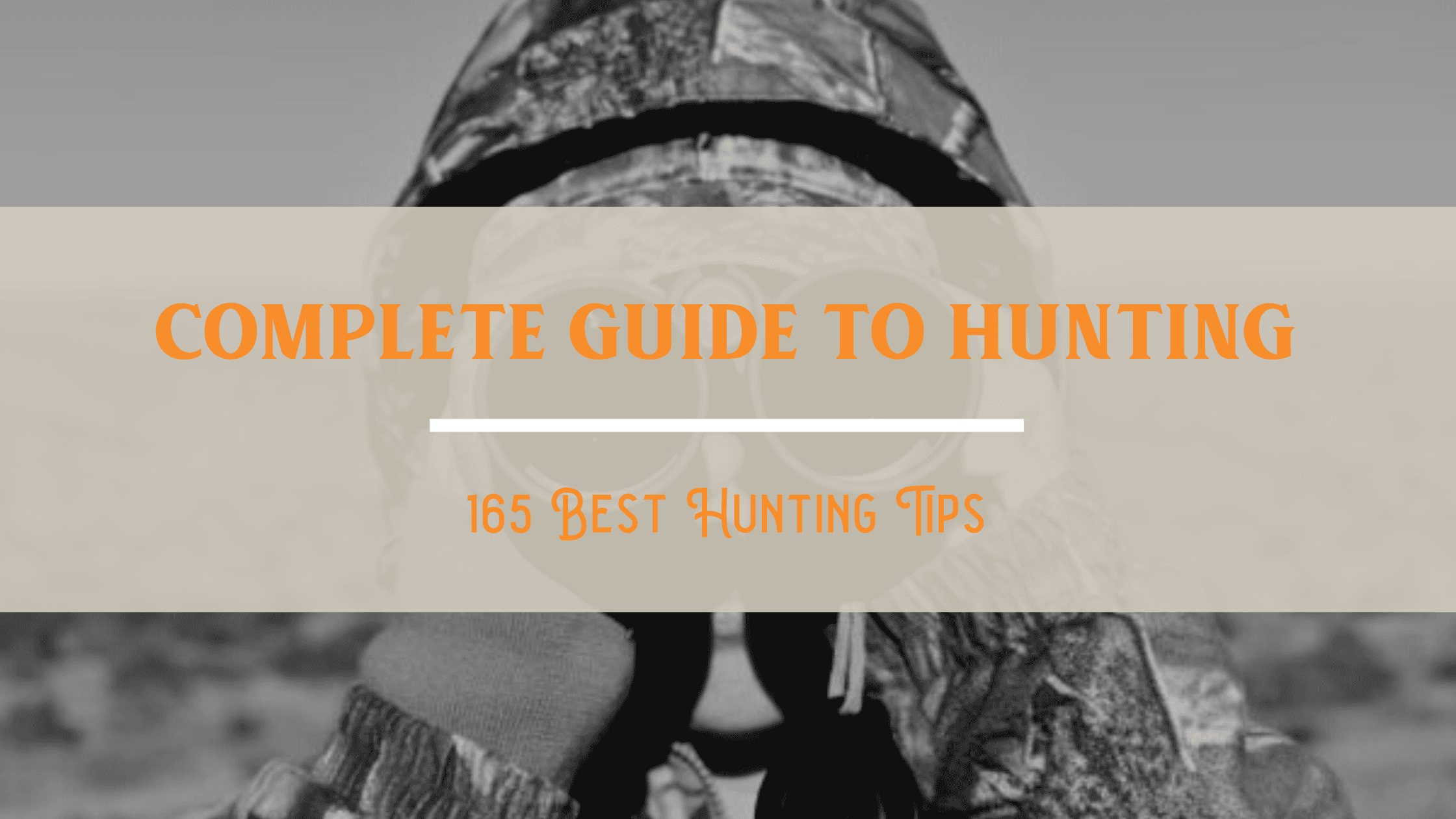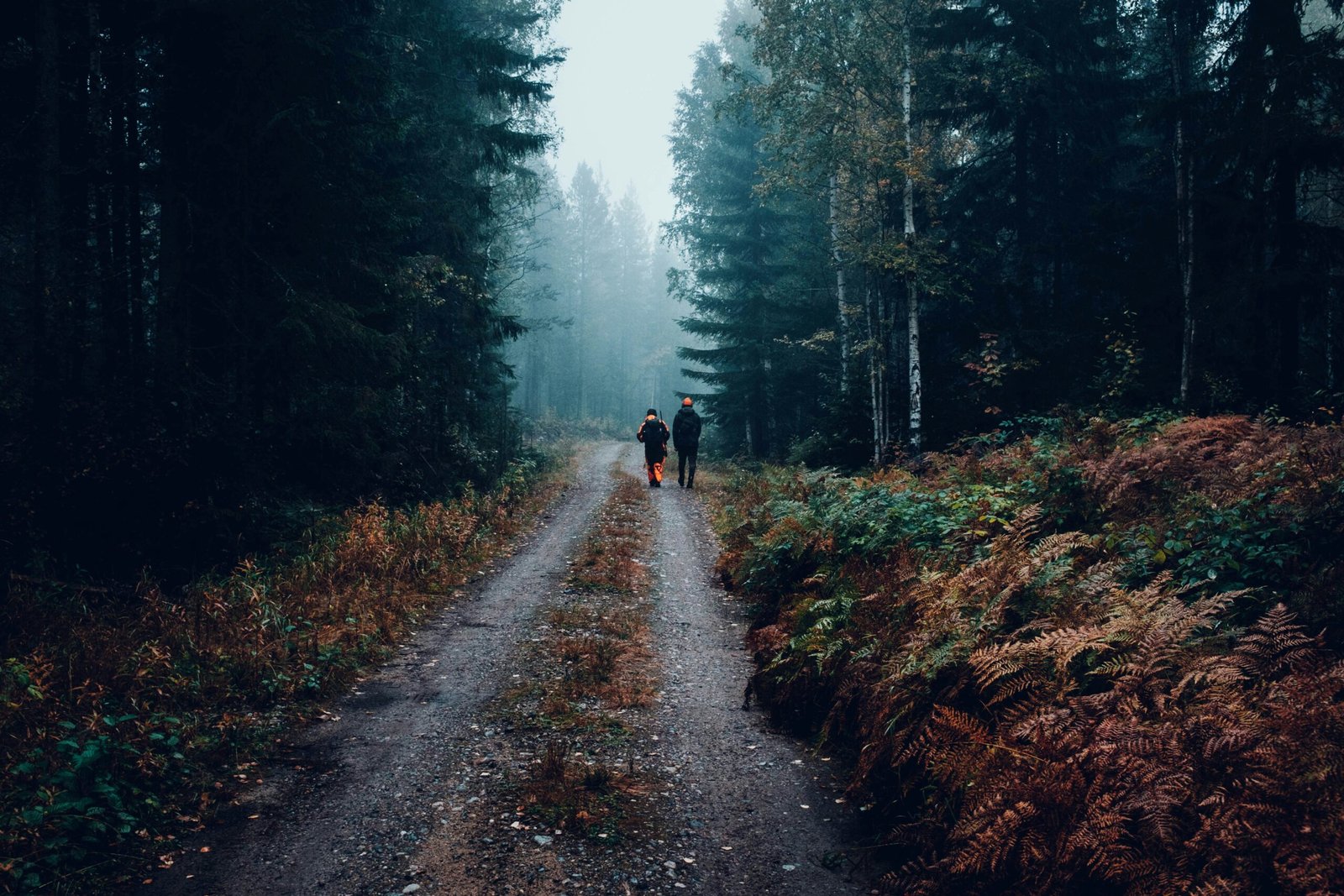As the sun sets and the moon rises, a seasoned hunter knows that understanding moon phases can make all the difference when it comes to a successful deer hunting expedition. The lunar advantage can provide valuable insights into deer behavior, allowing hunters to up their game and increase their chances of a fruitful hunt.
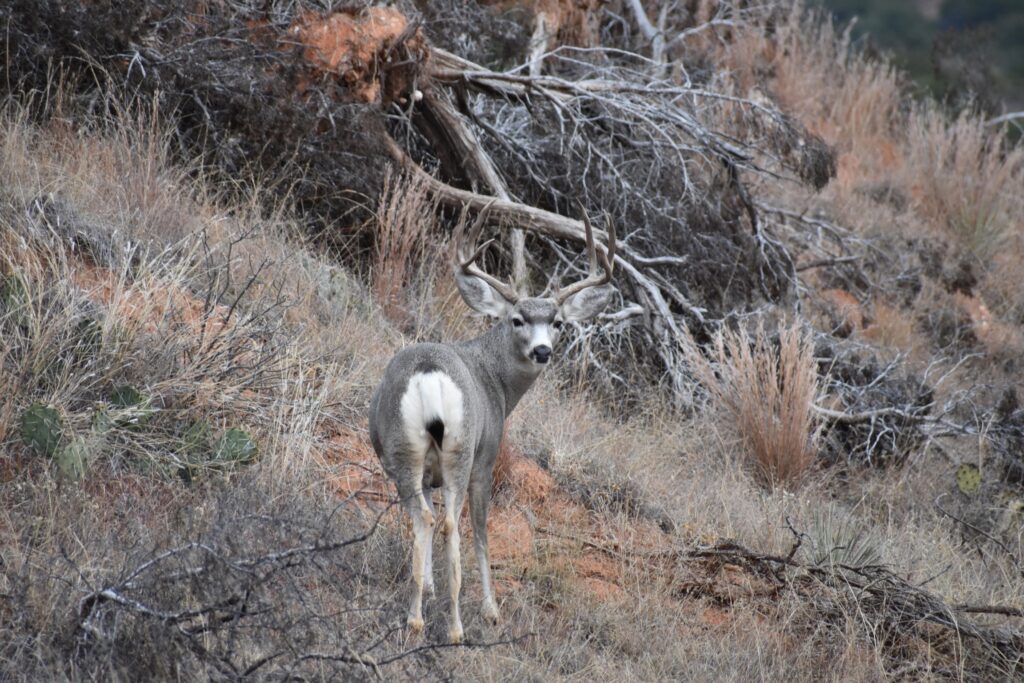
When planning a hunt, consider the moon phases. During the full moon, deer tend to be more active at night, making it challenging to hunt during daylight hours. However, during the new moon, when there is less natural light, deer are more likely to move around during the day, presenting a prime opportunity for hunters.
By studying the moon phases and their impact on deer movement, hunters can better strategize their hunting trips. Whether it's timing the hunt during the rutting season or selecting the perfect feeding areas based on moonlight availability, understanding the moon's influence can significantly improve the odds of a successful hunt.
In this article, we delve into the lunar advantage and explore how moon phases affect deer behavior. We'll share expert tips on leveraging this knowledge to become a more efficient and effective deer hunter. So gear up and get ready to harness the power of the moon in your quest for a trophy-worthy buck.
Understanding Moon Phases and Their Impact on Deer Behavior
Deer are known to be creatures of habit, and their behavior is heavily influenced by the moon's phases. To fully grasp the lunar advantage, it's crucial to understand how different moon phases affect deer activity.
- Full Moon: During the full moon, deer tend to be more nocturnal, feeding and moving primarily during the night. The bright moonlight makes them cautious and less likely to venture out into open spaces during daylight hours. As a hunter, it's important to adjust your strategy accordingly. Focus on scouting areas during the day to identify travel routes and bedding areas. Setting up near these locations before dawn or dusk can increase your chances of catching deer on the move.
- New Moon: The new moon offers a different set of advantages for hunters. With minimal moonlight, deer feel more comfortable moving around during the day. This presents an excellent opportunity to spot and stalk deer during daylight hours. Pay close attention to feeding areas and transition zones between bedding and feeding areas. Deer are more likely to be active in these areas during the new moon phase.
- Waxing Crescent/Waning Crescent: These moon phases occur at the beginning and end of the lunar cycle when the moon is only partially visible. During these phases, deer activity can be unpredictable. Some hunters report increased deer movement during these times, while others notice a decrease. It's crucial to adapt your hunting strategy based on local observations and scouting.
- First Quarter/Third Quarter: The first and third quarter moon phases occur when the moon is half-lit. Deer activity during these phases tends to be moderate, with some deer movement during both day and night. It's essential to focus on areas with high deer activity, such as known feeding areas or travel corridors. Utilize trail cameras and scouting to identify these areas and plan your hunt accordingly.
By understanding the different moon phases and their impact on deer behavior, hunters can tailor their strategies to maximize their chances of success. However, it's important to note that moon phase alone is not the only factor influencing deer movement. Other factors such as weather conditions, food availability, and hunting pressure also play significant roles.
Read More: Deer Hunting Gear Checklist – With Printable
Moon Phase Hunting Strategies
Now that we have a better understanding of how moon phases affect deer behavior, let's explore some effective hunting strategies to leverage the lunar advantage.
- Timing the Rut: The rut, or mating season, is a highly anticipated time for deer hunters. By aligning your hunting trips with specific moon phases, you can increase your chances of encountering bucks in pursuit of does. During the pre-rut and rut phases, deer activity tends to be at its highest, especially during the full moon. Plan your hunts accordingly, focusing on areas with high deer concentrations and using calling techniques to attract bucks.
- Moonlight Availability: Moonlight can be both a blessing and a curse for hunters. During the full moon, the bright light can make deer more cautious and less likely to move during daylight hours. However, during the new moon, when there is less moonlight, deer are more active during the day. Take advantage of this by focusing on areas with dense cover, transition zones, and known feeding areas during the new moon phase. Use trail cameras to identify areas with frequent deer activity, and plan your hunts accordingly.
- Moonrise and Moonset: The timing of moonrise and moonset can greatly influence deer movement. Deer tend to be most active during the hours surrounding these events. By monitoring moonrise and moonset times, you can plan your hunts to coincide with these peak activity periods. Set up in areas with high deer traffic, such as pinch points, funnels, or near food sources, during these key times to increase your chances of encountering deer.
- Scouting and Observation: Regardless of the moon phase, scouting and observation remain essential for successful hunting. Use trail cameras to monitor deer activity patterns and identify high-traffic areas. Look for fresh tracks, rubs, scrapes, and other signs of deer presence. Combine this information with moon phase data to develop a comprehensive hunting strategy. Keep in mind that deer behavior can vary from one location to another, so local knowledge and firsthand observation are invaluable.
By incorporating these moon phase hunting strategies into your hunting routine, you can significantly increase your chances of success. However, it's important to remain flexible and adapt your approach based on real-time observations and conditions in the field.
Moon Phase Calendar and Predicting Peak Deer Activity
To effectively plan your hunting trips around moon phases, it's helpful to consult a moon phase calendar. These calendars provide information on the moon's phase, rise and set times, and moon illumination percentage for each day of the year. By cross-referencing this data with your local hunting area's deer behavior patterns, you can predict peak deer activity and plan your hunts accordingly.
When using a moon phase calendar, focus on the days surrounding the full and new moon phases. These periods generally offer the best opportunities for deer movement during daylight hours. However, it's important to remember that deer behavior can still be influenced by other factors, such as weather conditions and hunting pressure. Use the calendar as a guide, but always trust your own observations and local knowledge.
Moon Phase Gear and Equipment Recommendations
In addition to understanding moon phases and implementing effective hunting strategies, having the right gear and equipment can further enhance your chances of success. Here are some recommendations to consider when hunting during different moon phases:
- Full Moon: During the full moon, when deer are more active at night, invest in quality optics such as binoculars and scopes to aid in low-light conditions. Additionally, consider using scent control products to minimize your odor and increase your chances of getting close to deer during daylight hours.
- New Moon: When hunting during the new moon, when deer are more active during the day, camouflage becomes crucial. Choose clothing and gear that blend well with your hunting environment, allowing you to remain undetected. Opt for scent-free products to further reduce your presence and increase your chances of getting within shooting range.
- Waxing Crescent/Waning Crescent: During these moon phases, when deer activity can be unpredictable, it's essential to have versatile gear. Opt for clothing and equipment that can adapt to changing weather conditions. Layered clothing systems, lightweight backpacks, and durable footwear are all essential for comfortable and efficient hunting.
- First Quarter/Third Quarter: When hunting during the first and third quarter moon phases, when deer activity is moderate, having effective calling and rattling tools can be beneficial. Use deer calls and rattling antlers to imitate the sounds of competing bucks and attract deer to your location. Additionally, invest in quality tree stands or ground blinds to increase your chances of remaining undetected.
By selecting the right gear and equipment based on the moon phase and anticipated deer behavior, you can improve your overall hunting experience and increase your chances of success.
Additional Factors to Consider in Deer Hunting
While moon phases play a significant role in deer behavior, it's important to consider other factors that can influence deer movement and hunting success. Here are some additional factors to keep in mind:
- Weather Conditions: Weather, including temperature, wind direction, and precipitation, can greatly impact deer behavior. Pay attention to weather forecasts and plan your hunts accordingly. Deer are more likely to be active during cool, calm conditions, so focus your efforts during these times.
- Food Availability: Understanding the local deer's preferred food sources can help you identify areas with high deer activity. Consider food plots, mast-producing trees, agricultural fields, and natural browse when selecting hunting locations. Deer will be more likely to frequent areas with an abundant food supply.
- Hunting Pressure: Deer become more wary and change their patterns when they feel hunting pressure. Avoid overhunting an area and practice scent control to minimize your presence. By hunting areas with minimal pressure, you increase your chances of encountering deer that are more relaxed and easier to approach.
- Scouting and Trail Cameras: Regular scouting and the use of trail cameras are crucial for staying updated on deer movement patterns. By monitoring deer activity and identifying high-traffic areas, you can adjust your hunting strategy accordingly. Be sure to scout throughout the year, not just during hunting season, to stay ahead of changing deer behavior.
By considering these additional factors alongside moon phases, you can develop a comprehensive approach to deer hunting and improve your chances of success.
Common Misconceptions About Moon Phases and Deer Hunting
While understanding moon phases can be a valuable tool for deer hunters, there are also common misconceptions that need to be addressed. Let's dispel some of these misconceptions and separate fact from fiction.
- Moon Phase as the Sole Determinant: Moon phase alone does not guarantee hunting success. It is just one of many factors that influence deer behavior. Weather conditions, food availability, hunting pressure, and individual deer preferences all play significant roles. Utilize moon phase information as a guide, but always consider the broader context.
- All Deer Behave the Same: Deer behavior can vary greatly from one location to another, even within the same moon phase. Factors such as habitat, population density, and hunting pressure can influence how deer respond to moon phases. Local knowledge and firsthand observation are essential for understanding deer behavior in your specific hunting area.
- Moon Phase Overrides All Other Factors: While moon phase can influence deer movement, it is not the sole determinant. Weather conditions, food availability, and hunting pressure can all override the effects of moon phase. Adapt your hunting strategies based on real-time observations and conditions in the field.
- Moon Phase Predictability: While moon phase calendars provide valuable information, deer behavior can be unpredictable. Deer are living creatures, and their behaviors can change due to various factors. Use moon phase data as a starting point, but be prepared to adjust your strategy based on real-time observations.
By understanding these misconceptions, hunters can approach moon phase hunting with a more realistic perspective and make informed decisions based on a combination of factors.
Conclusion and Final Thoughts on Leveraging the Lunar Advantage in Deer Hunting
As we conclude our exploration of the lunar advantage in deer hunting, it's clear that understanding moon phases can significantly impact hunting success. By studying the moon's influence on deer behavior and implementing effective hunting strategies, hunters can increase their chances of a fruitful hunt.
Remember, moon phases are just one piece of the puzzle. Weather conditions, food availability, hunting pressure, and individual deer behavior all interact to create a dynamic hunting environment. By considering all these factors and adapting your approach accordingly, you can maximize your chances of encountering that trophy-worthy buck.
So gear up, consult a moon phase calendar, and plan your hunts strategically. Combine your newfound knowledge of moon phases with local observations and firsthand experience to become a more efficient and effective deer hunter. The lunar advantage awaits you in your quest for hunting success!
